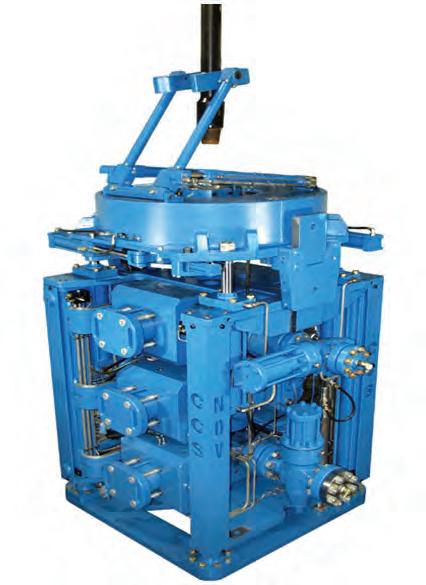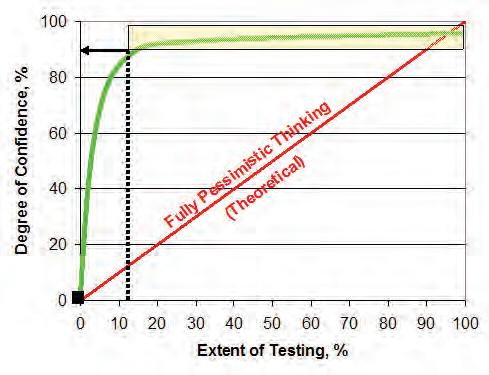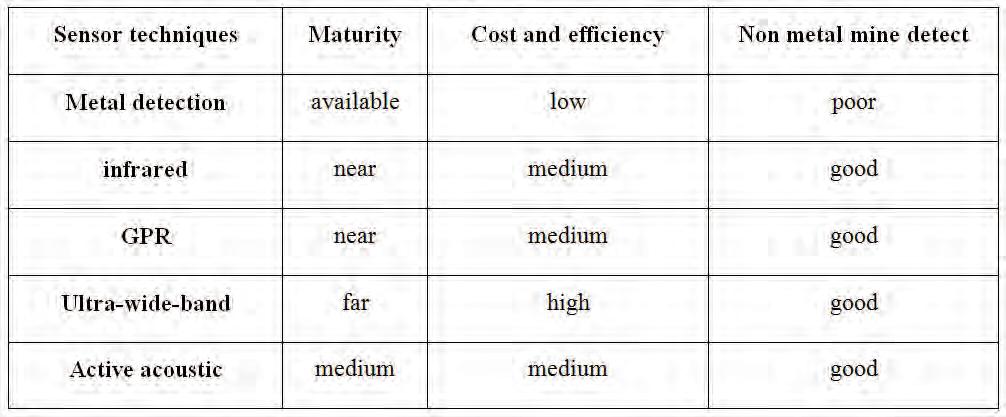YOUNG RESEARCHERS
MINES DETECTION * For more precise elaborated details and notes on the research, feel free to check it at www.spesuez.org/virtualcampus/mine.html on our virtual campus
Ahmed E. Abdulkader Faculty of Electronic Engineering in Menof
As a publication of a chapter related to petroleum and mining engineering, it is only normal for our readers to mistake this article for a one about detecting ore bodies or even mineral accumulations. Detection of explosive mines is far more important, complicated and obviously more dangerous. However, as remotely as it is from our fields of expertise, it is still considered as a form of detection. Here; we present to you a team of young engineers who saw this as threat on human life everywhere, and a powerful incentive to innovate a new way to deal with such a life-threatening dilemma.
An abstract of the project’s technological concept; explained by the working members of the team We applied a real time control to the robot:
Overview There are two main types of mines, these are: 1. Anti-personal mines 2. Anti-tank mines
3. The operating range of the wireless controlled robot reaches 1500 square meters in free space.
There are also many inventions related to mines detection; for example: 1. Minesweepers which are very expensive. 2. Metal detectors, but this method is insufficient. The Demining team that uses metal detectors may be asked to work with the aid of personal protective equipment such as helmets, visors and armored gloves as safety percussion in case a mine is set off accidentally. Personal protective equipment is also expensive.
1. We used a wireless controlled robot with a dual sensor device to detect the presence of mines. 2. The wireless controlled robot is prepared to operate in desert-like environments. It has the ability to climb hills and sand dunes. It is also designed to move over mines without causing it to explode.
4. Real time control of the robot includes: a) An alarm that goes on when the robot is about to move out of the wireless coverage area. b) A Power saving system that also gives an alarm when power is running out. c) A distance estimation system that calculates the distance covered by the robot to locate the mine’s position exactly.
5. Radar technology and metal detectors are then used to determine the nature of the found object. 6. Radar can give a 2 dimensional image for objects by using image processing methods. 7. Live observation of the robot’s movements during the mines detection operation can be easily carried out using a wireless camera. Development We are looking forward to modifying the robot so as to be operated by a hydraulic system to disarm and remove mines. Team’s final word Egypt contains over 23 million mines buried under its soil. This device can help us clear our soils from all the buried mines, ensuring safety and tranquility for our nation. Moreover, all the unused lands because of the underground mines would be available for exploitation in many fields of industry, like petroleum exploration and tourism.
3. Dual sensor; one of the latest available systems that consist of a hybrid approach employing both GPR (Ground Penetrating Radar) and metal detector in a single instrument. ( See Table.1) Table. 1. 18
January 2010
ECHO









